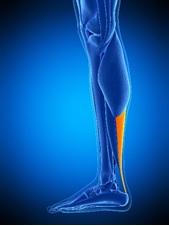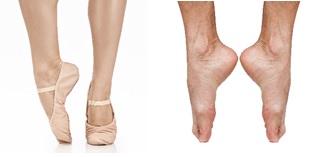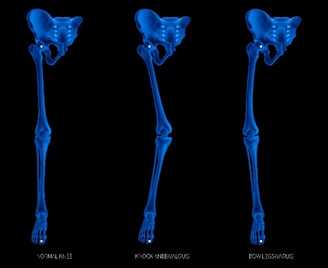Overview
Dance is primarily a performance art. However, it is also a physical discipline that exposes the body to training loads comparable to those of an athlete. Therefore, it can result in injuries.
Prevention or early treatment of injuries is important to reduce disruption of your training schedule.
Types of Dance Injuries
1. Foot and Ankle
Achilles Tendinitis

Overuse of the Achilles may result in a degenerative condition of the Achilles tendon.
This can result in inflammation and pain.
Main causes of this condition are excessive training, calve tightness and calf weakness.
Posterior Ankle Impingement

Jumps, Rlevé/Pointé work and full plantar flexion of the ankle may cause impingement at the back of the ankle.
2. Knee
Pain is most commonly experienced in the front of the affected knee. Dance movements that require deep lunges, knee bending and jumps will stress this part of the joint, resulting in pain.
Excess joint mobility and lack of control of knee alignment creates uneven distribution of stress in the kneecap. Forcing turn-out may also result in malalignment.

Normal, Valgus and Varus Alignment of the Knee
When dancers hyper-extend their knees beyond the normal 180 degrees, there is a chance of injury as well, though less common.

Hyper Extension of the Knees Increases the Risk of Fat Pad Impingement
When this happens repeatedly or forcefully, the recurrent pinching and pain of the fat pad in the front of the knee will occur.
3. Back
Dancers are also at risk of back pain. The sources of back pain are varied and can come from the muscles, ligaments, joints, inter-vertebral disc injuries etc.
Dancers may also develop pain from stress fractures due to repeated hyper-extension movements (arching backwards).

Why Do Dance Injuries Occur?
As most dance injuries are a result of overuse and tend to be recurring, these injuries can be prevented by correcting the underlying risk factors, such as:
Incomplete healing of previous injuries
Incomplete recovery of strength and flexibility after an injury
Learning of compensatory movement such as forcing a turn-out beyond one's natural range. This can put additional strain on the tendons that support the arches of the feet and ligaments at the knees
Errors in dance technique
Muscle weakness or inflexibility
What Can You Do About it?
Early detection and complete the treatment course for your dance injuries, especially if they are reoccurring ones.
Alternatively, you can be proactive and undergo screening to check the following:
Your physical attributes: apart from the usual assessments (height, weight), you will be assessed on the range of motion of your joints, degree of flexibility, posture and asymmetry
Presence of pre-existing injuries that requires treatment
Dance-specific functional tests to check your strength, balance and coordination
Quality of your fundamental movements to look for inefficiency and presence of compensatory movements
Aerobic test to gauge your aerobic fitness
